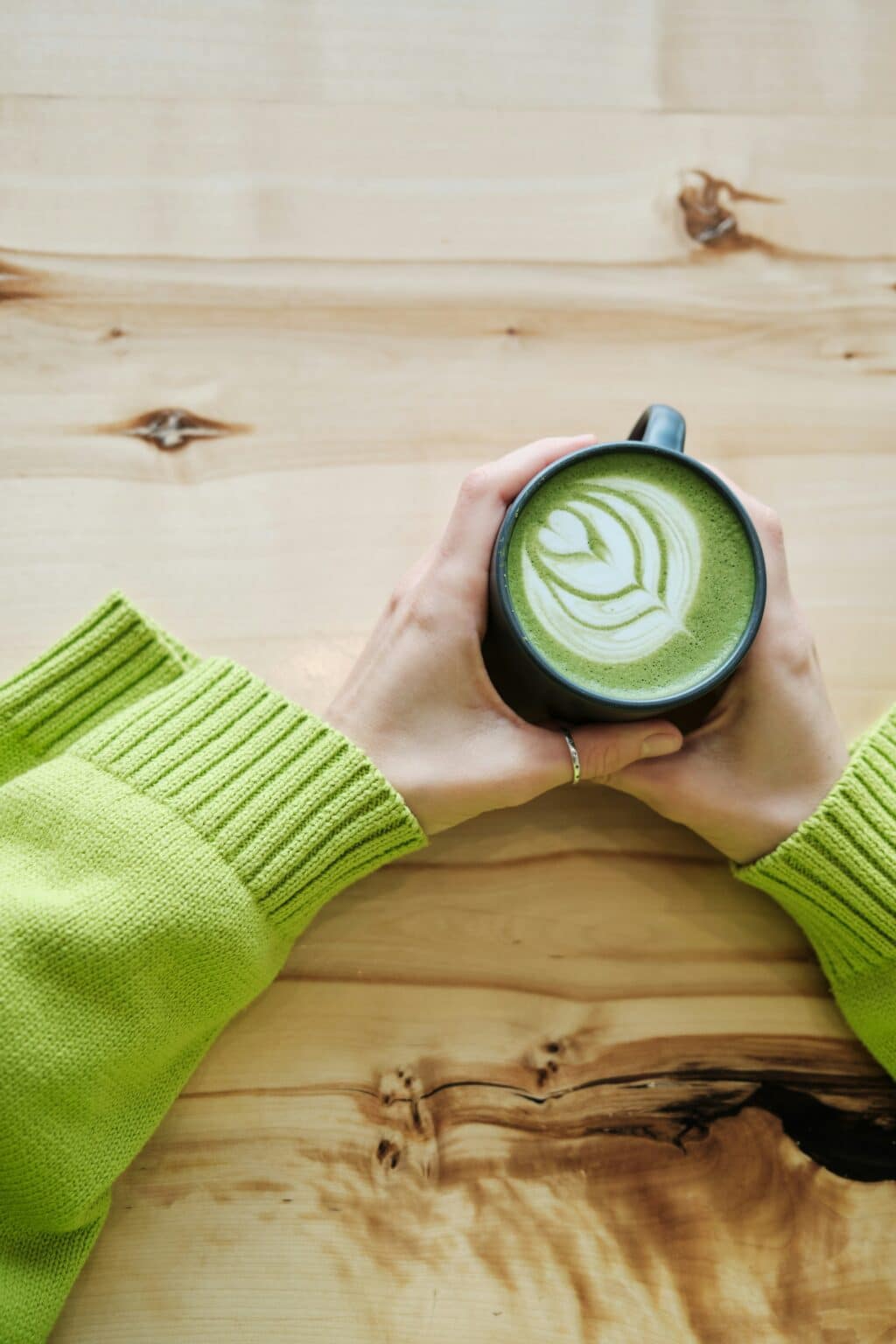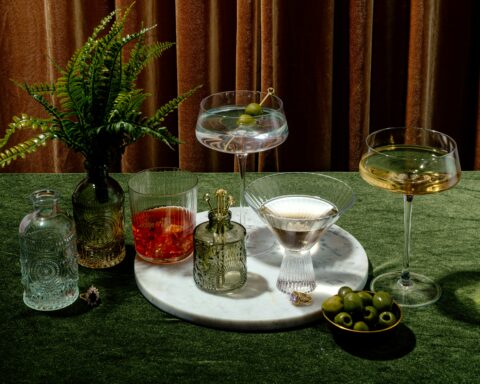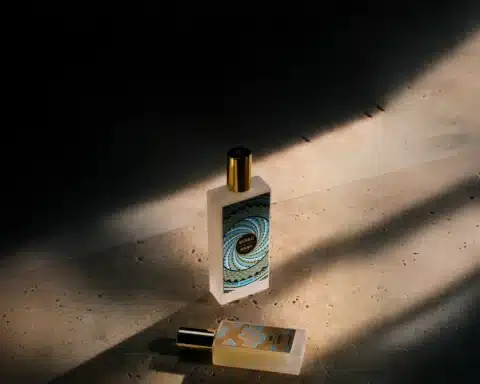At a time when a large proportion of the younger generation is focusing on well-being, there is a growing trend in the world of beverages: matcha tea. Here’s a look at this taste craze, which continues to spread to the four corners of the globe and into the digital world.
With its milky green colour, matcha tea can be found in the bowls of many trendy cafés where young people spend a few hours in the city. Considered a healthier alternative to coffee, this beverage has a rich history behind it. The very first green tea seeds were exported from China to Japan by a monk in the 12th century. Planted in the grounds of a temple in Kyoto, they were ground and introduced into the monks’ tea ceremonies.
Praised for its ability to promote zenitude and calm, matcha was quickly adopted by the religious community in the Land of the Rising Sun. Its name ‘cha’ means tea and ‘ma’ means powder in Japanese. Its consumption then became popular among the elite and the samurai, then in the 16th century in the traditional ceremonies still practised today.
Matcha tea in every coffee shop
After conquering Japan and Asia, matcha tea has been adopted by wellness enthusiasts. This green powder mixed with water and milk has found its way into the coffee shops of the world’s major cities, thanks to the impetus of the giant Starbucks, which put the drink on its menu as a good precursor. Aficionados of its aromatic, astringent taste and velvety texture have come to appreciate its antioxidant properties and its richness in vitamins and minerals.
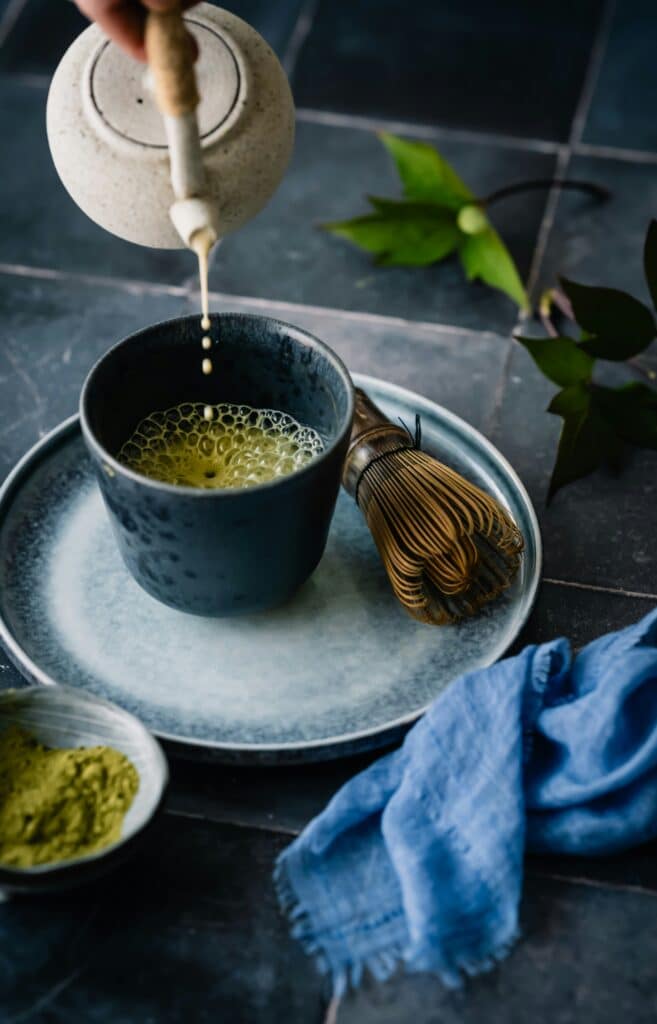
‘Matcha is an excellent source of caffeine, providing a more even and longer-lasting energy boost, without the crash that coffee usually gives you. It naturally contains L-theanine, an amino acid that helps slow down the absorption of caffeine. It gives you much more concentrated and calm energy than coffee. It’s also loaded with powerful antioxidants’, Hannah Habes, matcha manager at Matchaful in New York, told the South China Morning Post.
Numerous celebrities have helped to make the drink popular
Gwyneth Paltrow, Kylie Jenner, Jessica Alba, Bella Hadid… It-girls are regularly spotted with a milky green cup in hand. Between detox juices, smoothies and vitamin shots, female influencers have followed the trend by posting photos of their Instagrammable cups on their networks, bearing a message that needs no caption: I take care of myself and I’m a cool woman.
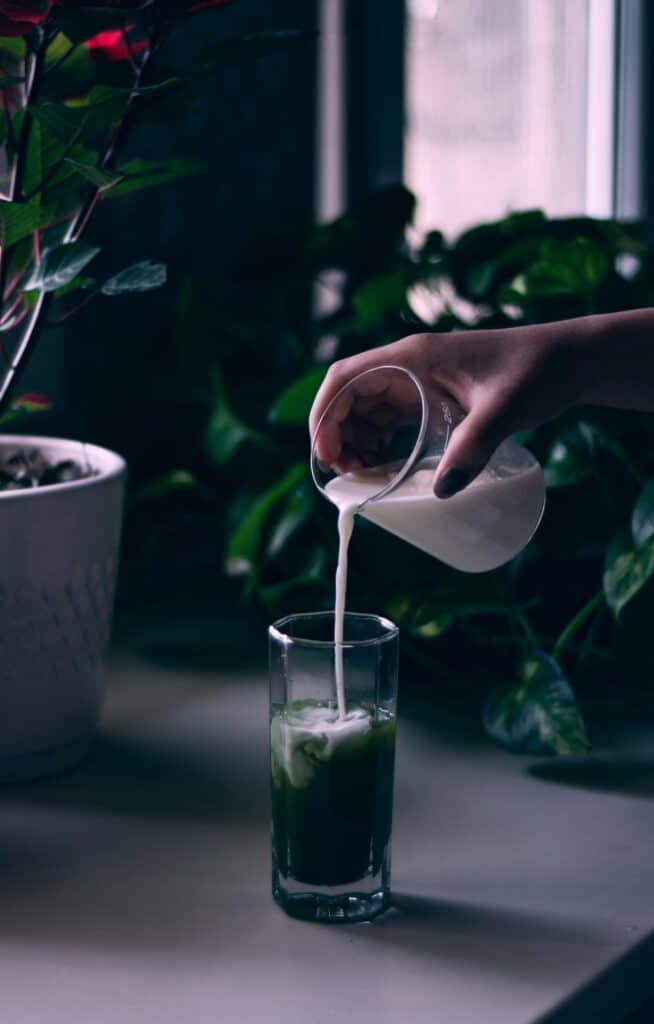
In fact, women make up the vast majority of customers. Serge Zhang, founder of the Matcha Social Club in Paris, told Capital magazine that 80% of his customers are women, and that ‘70% of loyal customers are aged between 15 and 30’.
A young feminine target that is willing to pay the price for a matcha. Although consumption of matcha tea is tending to become more democratic, it is still expensive, generally starting at around five euros and quickly rising to eight pieces. This high price can be explained by the fact that it is a niche product, targeted at the initiated, but also by the fact that production is still low and labour-intensive.
Endless variations boost the matcha market
Today, matcha tea can be enjoyed both in trendy cafés and at home, thanks to the marketing of kits containing the famous powder, a bowl and a chashaku, a bamboo spoon.
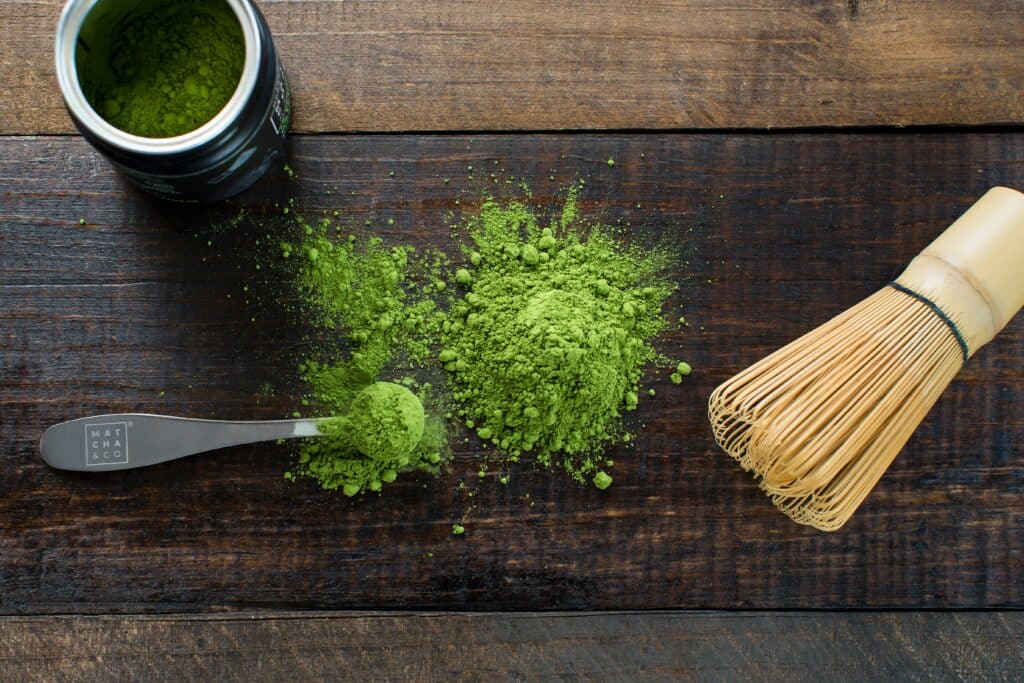
And its consumption seems to be going from strength to strength. Far from the decried effects of the coffee beloved by older generations, matcha tea is now available in a wide range of healthy products as well as drinks. From biscuits and cakes to ice cream and mochi, those little round Japanese sweets, matcha can be cooked in a variety of ways. It’s the perfect ingredient for trendy culinary creatives.
The star of healthy breakfasts, gourmet snacks that don’t deprive, and nutritious, healthy brunches, matcha is set to continue growing in the years ahead. According to Data Bridge Market Research, the market was valued at 3.14 billion dollars in 2021 and could reach almost 6 billion dollars by 2029, with an annual growth rate of 8% over the period 2022-2029.
Read also : Anticonformist, altruist and ultra-talented: Thierry Marx, the multi-hatted chef
Featured photo : © Unsplash




